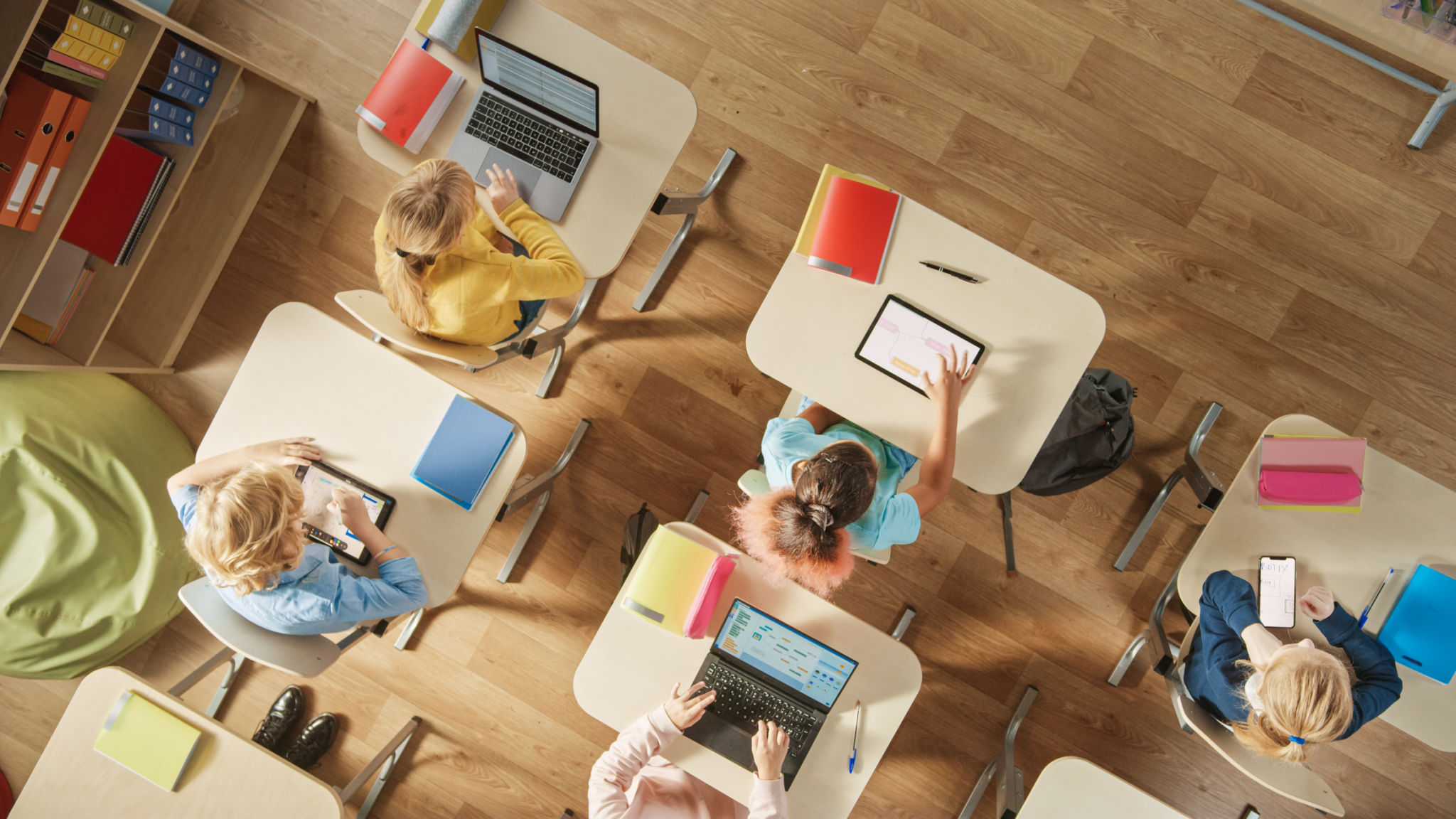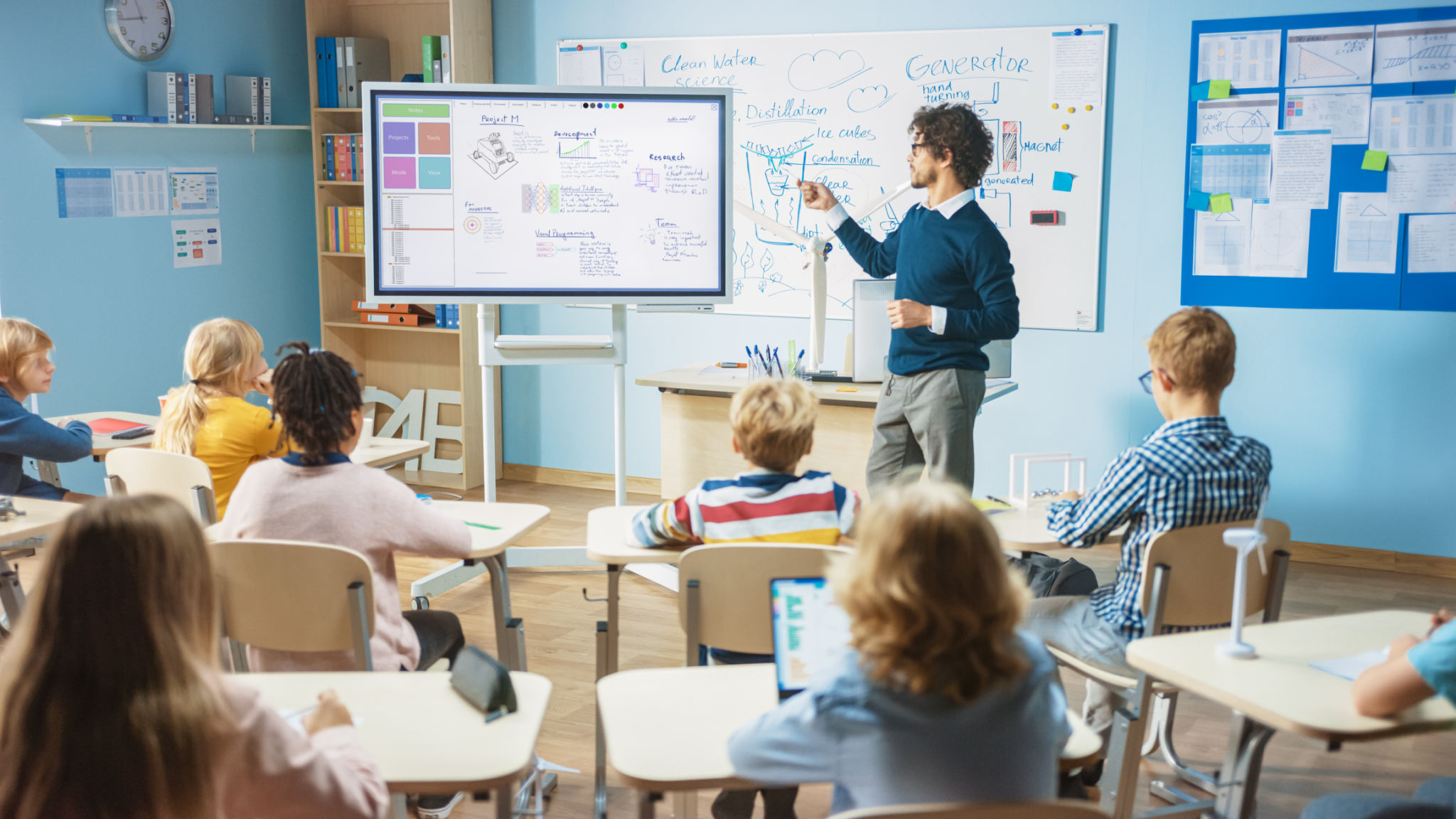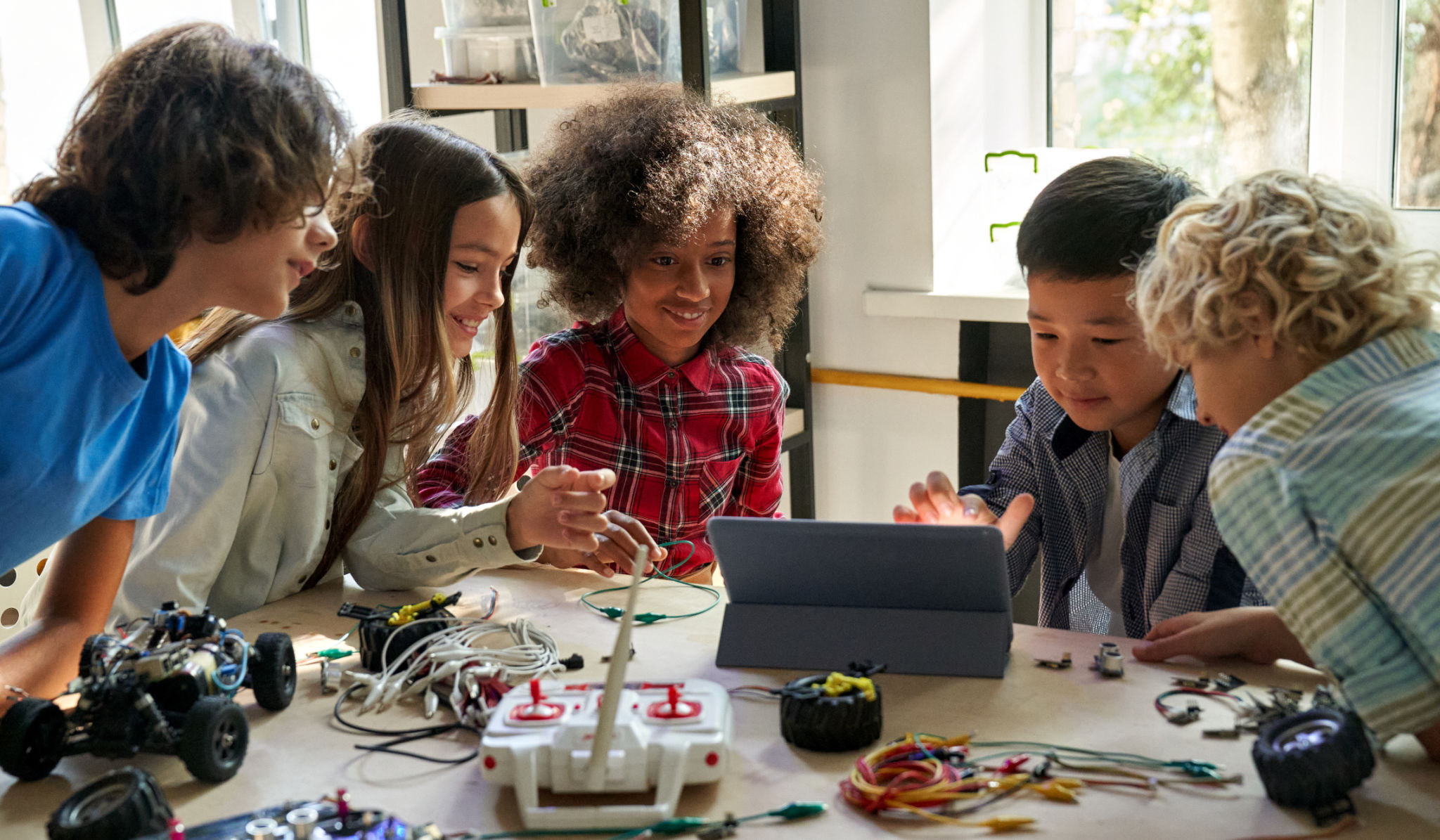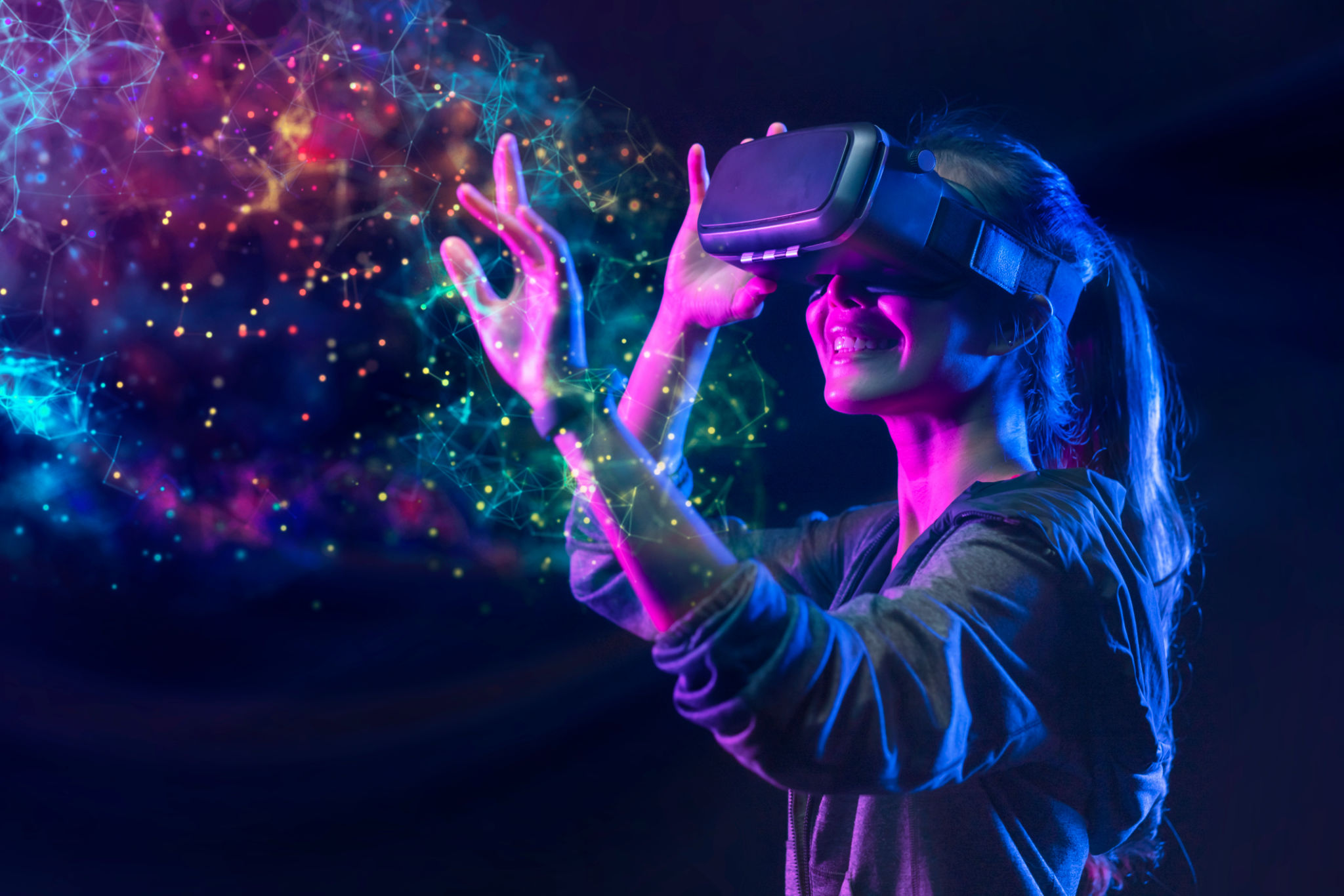Innovative STEM Solutions for Modern Classrooms
Embracing Technology in Education
In today's fast-paced world, integrating technology into education is not just beneficial, but essential. Modern classrooms are evolving, adopting innovative STEM solutions to provide students with the skills they need for the future. This shift is reshaping how educators teach and how students learn, preparing them for a rapidly changing technological landscape.
STEM—Science, Technology, Engineering, and Mathematics—has become a cornerstone of modern education. These disciplines encourage critical thinking, problem-solving, and analytical skills. By incorporating STEM solutions, schools are helping students develop a deeper understanding of how the world works while encouraging innovation and creativity.

Interactive Learning Tools
One of the most significant advancements in STEM education is the use of interactive learning tools. These tools engage students more effectively than traditional methods, allowing them to participate actively in their own learning process. Interactive whiteboards, for instance, have replaced chalkboards in many classrooms, offering dynamic visuals and the ability to manipulate information directly.
Additionally, digital platforms and applications provide students with hands-on experiences that are crucial for understanding complex concepts. These platforms often include simulations and virtual labs that allow experimentation in a safe and controlled environment.

Robotics and Coding
Robotics and coding have become integral parts of STEM education. By introducing these subjects early, educators are equipping students with the skills necessary for future careers. Robotics programs teach students about engineering principles, electronics, and mechanics, while coding introduces them to the world of software development.
These programs often culminate in exciting projects where students build and program their own robots, fostering teamwork and creative thinking. This hands-on approach not only boosts engagement but also helps students apply theoretical knowledge to practical situations.

3D Printing in Education
3D printing technology is another groundbreaking tool transforming modern classrooms. It allows students to bring their ideas to life by creating tangible models from digital designs. This capability is particularly beneficial in subjects like engineering and design, where visualizing concepts can significantly enhance comprehension.
Students can experiment with designing prototypes, understanding the intricacies of product development from conception to realization. This experience nurtures a mindset of innovation and problem-solving that is essential in today’s job market.
The Role of Virtual Reality
Virtual Reality (VR) is revolutionizing how students experience learning. By creating immersive environments, VR enables students to explore places and scenarios that would otherwise be inaccessible. Whether it's a virtual field trip to a historical site or a journey through the human body, VR makes learning an adventure.
These virtual experiences are not only engaging but also help solidify knowledge by providing context and depth to classroom lessons. As VR technology becomes more accessible, its role in education will continue to expand.

Conclusion: Preparing for the Future
The integration of innovative STEM solutions in modern classrooms is paving the way for a future-ready generation. By embracing these technologies, educators are not only enhancing the learning experience but also equipping students with the skills necessary to thrive in a technologically advanced society.
As technology continues to evolve, so too will the methods and tools used in education. It is crucial for schools to remain adaptable and forward-thinking, ensuring that they can provide students with the best possible preparation for their futures.
